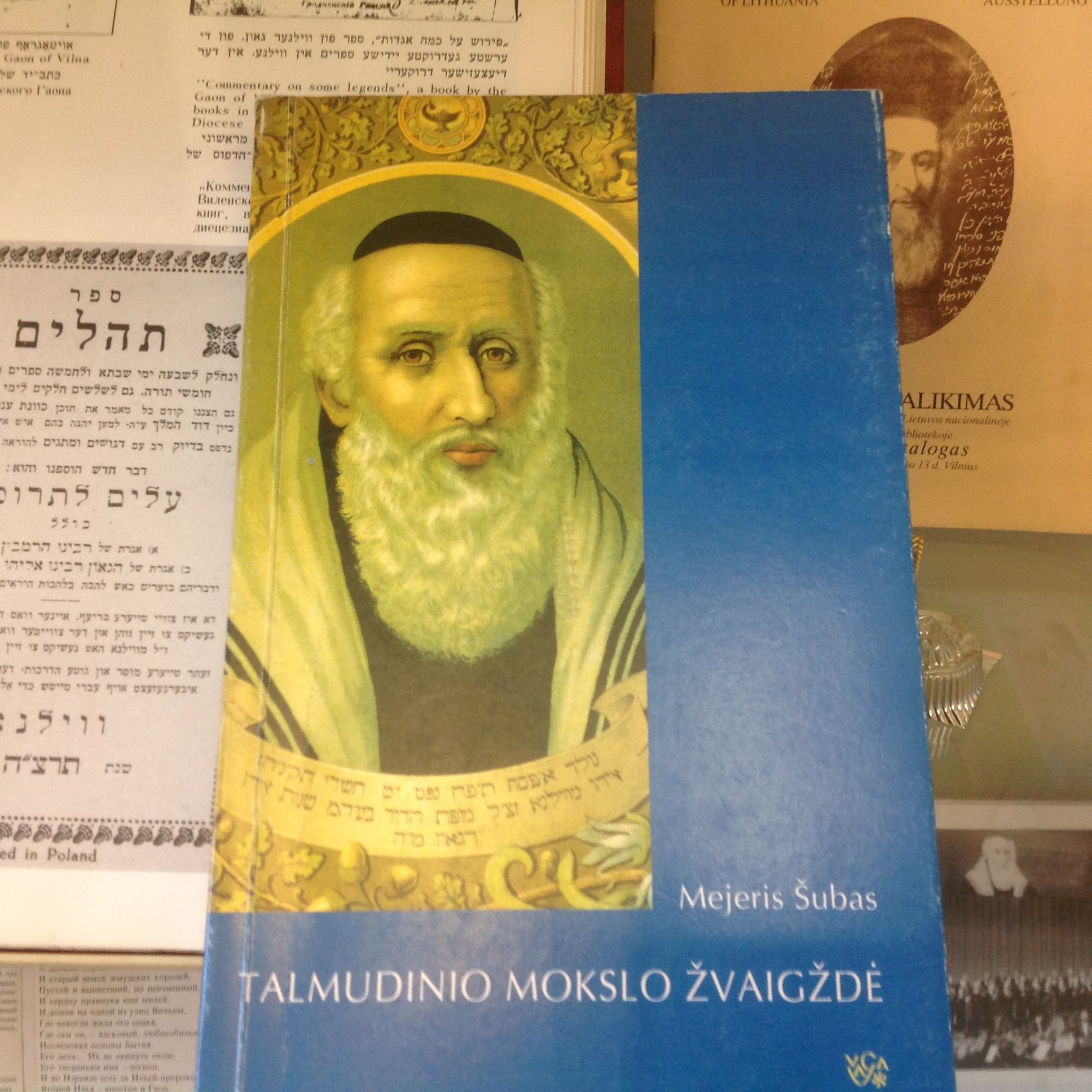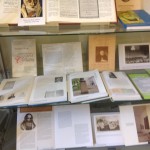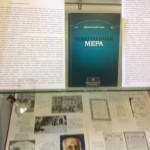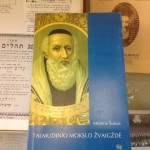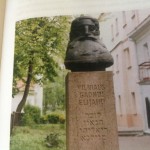The Lithuanian Jewish community has always been different from the Jewish communities in other countries. Back in the Lithuanian Grand Duchy (roughly from AD 1200 to just before 1800) the Jewish communities enjoyed the special favor of the grand dukes and the Vilna Jewish community especially but Litvaks in general as well gained world renown for scholarship and religious knowledge, and many celebrated rabbis, cantors and Talmudic scholars issued forth from Lithuania. Litvaks have long had a reputation for being more conservative and for being more immune to innovation than other communities. The special worldview of the Litvaks, distinct for its synthesis of rational thought, logic, reason and religious imperatives, evolved under the influence of great local religious authorities and social conditions within the cultural zone of the Grand Duchy. The Litvak attitude, point of view and worldview is a distinct form of Jewish mentality for which the Litvaks became known as a distinct group within Judaism and Jewish culture over the centuries. The greatest religious authority, largely responsible for the religio-cultural identity of the Lithuanian Jewish community, was the wise Vilna Gaon of the 18th century.
As the Vilna Gaon State Jewish Museum tells it, the Gaon, whose name was Eliyahu ben Shlomo Zalman Kremer and who was the greatest world authority on the Torah and Talmud and Talmudic commentary in the 18th century, made Vilnius famous as the Jerusalem of Lite, or Lithuania. His great intellect and erudition put Vilna, or Vilnius, on the map as a spiritual center for Jews around the world. In the beginning of the 20th century Jacob S. Reizin wrote: “After completing the Talmud, almost no expert of Jewish literature was better than or at least equal to Eliyahu of Vilna.”
It is often said the Vilna Gaon began a new era in the study of Mikra, Mishna and Talmud. His literary legacy includes commentaries to the Mikra, Mishna, Talmud, Tikkunei haZohar and Tikunim Mi-zohar Khadash, which for several centuries now have been studied among the works of the wisest Jewish scholars and thinkers and the best yeshivas in the world. Almost every practicing Jew in the world knows about the Vilna Gaon, Eliyahu the Gaon, or the Gra (an acronym for the Vilna Gaon).
And he is the subject of the latest exhibit at probably the least known exhibit space for Jewish Vilna, right in the foyer of the Lithuanian Jewish Community building by the front door. Polina Pailis has been doing semi-monthly exhibits there for years now, and said the Gaon exhibit is just about the hundredth such.
“I don’t want to lie, and some exhibits were up for more than a month, but it’s just around the 100th exhibit,” she said.
The Lithuanian Jewish Community still marches to the beat of a different drummer, and in earlier years the Lithuanian Jewish Community building has featured all sorts of exhibits, including fragments of materials from the former Great Synagogue housed in a special room, an exhibit of photographs of wooden synagogues from all over Lithuania (many of them since lost completely) and the world’s only permanent ex libris museum, a vast collection of book plates collected and made by the late Mr. Shapiro, whose collection was passed to his son after his unfortunate death a few years back. Polina Pailis’s venue in the glass case to the left of the main entrance is the only semi-permanent museum space still operating at the Community.


